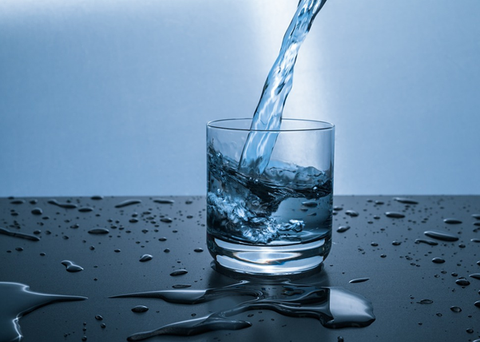Drinking Water Guidance
The Drinking Water Directive
First introduced in November 1998 by the EC (European Commission), the objective of the drinking water directive (Council Directive 98/83/EC) is to protect human health from any adverse effects that may be caused by contamination of water that is intended for human consumption. This is achieved by monitoring and regularly testing a total of 48 microbiological, chemical and indicator parameters.

The Drinking Water Directive applies to:
- all distribution systems that serve more than 50 people or supply more than 10 cubic metres per day; also distribution systems serving less than 50 people/supplying less than 10 cubic metre per day if the water is supplied as part of an economic activity;
- all drinking water from tankers;
- all drinking water in bottles or containers;
- all water used in the food-processing industry, unless the competent national authorities are satisfied that the quality of the water cannot affect the integrity of the foodstuff in its finished form.
Whilst the directive provides guidance to the EU (European Union) member states it is up to the individual country to translate this guidance into local laws, which as a minimum should meet the standards set out by the EU legislation. The UK has some of the highest water quality standards of anywhere in the world and in certain aspects the criteria exceeds the EU legislation, further demonstrating how much importance the UK places on its water quality.
In England, Scotland, Wales and Northern Ireland independent inspectors regularly carry out quality assessments on water sources. The latest figures for drinking water quality compliance with the strict UK and European standards are shown below:
- England and Wales 99.96%
- Scotland 99.91%
- Northern Ireland 99.86%
Along with water quality standards, the EU directive also sets out strict requirements for:
- monitoring and analysis
- public reporting of data
- use of treatment chemicals and materials in contact with water
- action that must be taken if a standard is exceeded.

Both the EU and UK’s legislation is based upon guidance given by the WHO (World Health Organisation); this is set out by the WHO guidelines for drinking water quality.
The Guidelines for drinking-water quality (GDWQ) promote the protection of public health by advocating for the development of locally relevant standards and regulations. They also include preventive risk management approaches covering catchment to consumer (Water Safety Plans) and independent surveillance to ensure national standards are met and that the water safety plans are fit for purpose.
The fourth edition of the WHO document was released in July 2017. This included significant revisions both to clarify and elaborate on different ways of implementing the recommendations for hazard identification and risk management.
Along with the above the document also included significant additional guidance on good practice on areas such as household water treatment and safe storage, the bulk supply of water over long distances and the potential implications of climate change. Additional risk assessments also detailed a number of newly identified microbial and chemical hazards.